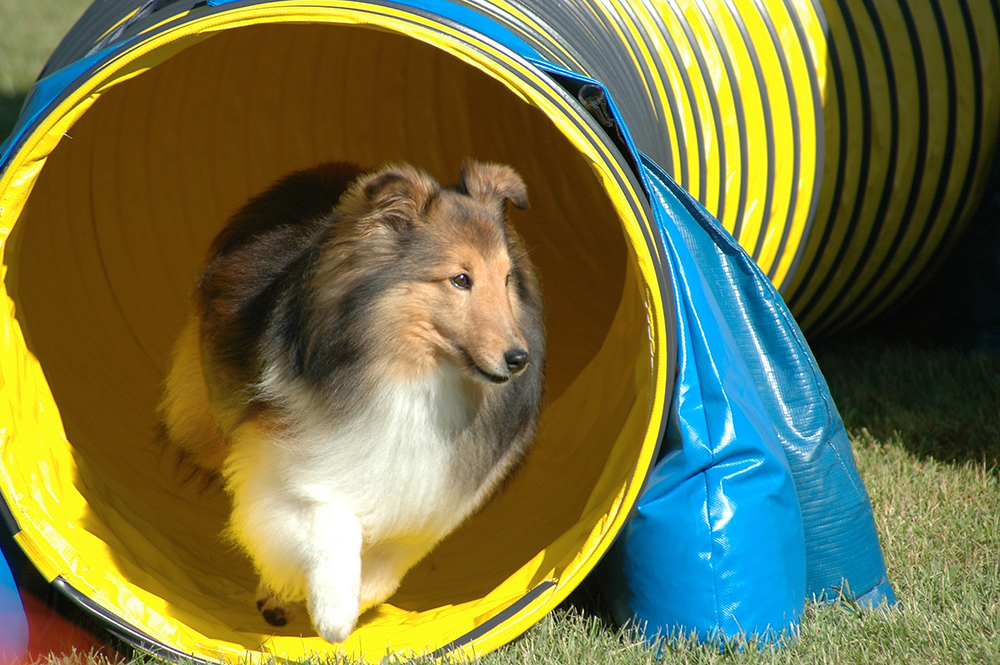Setting up a DIY agility course in your backyard provides your dog with a fun and enriching activity that promotes physical and mental well-being.
Agility training is an excellent way to keep your dog physically and mentally stimulated. By navigating obstacles and completing challenges, he’ll burn off excess energy, build confidence, and strengthen his bond with you. Agility training has also been shown to improve joint health and flexibility in canines. Even if you don’t plan to compete in agility trials, creating a mini course in your backyard can provide your four-legged friend with a fun and enriching activity.
Choose the Right Equipment
To create a DIY agility course, you’ll need a few basic household items. Cones or markers can be used to set up weave poles or create turns. Hula hoops make excellent agility rings for your dog to jump through. You can also use cardboard boxes or PVC pipes to create tunnels for him to crawl through. Avoid using anything too heavy or unstable that could pose a safety risk to your dog.
Set Up Your Course
Start by laying out the course in a safe, open area of your backyard. Make sure the ground is level and free of any debris or obstacles. Begin with simple obstacles like cones or hula hoops, and gradually increase the difficulty as your dog becomes more comfortable. Space the obstacles about 6-8 feet apart, and keep the course compact to avoid excessive running. You can also incorporate turns and changes of direction to challenge your dog.
Train Your Dog
Before you begin training, ensure your dog is comfortable with each obstacle individually. Use positive reinforcement, such as treats and praise, to encourage him to interact with the equipment. Once your dog is familiar with the obstacles, you can start putting them together into a sequence. Begin with a short, simple course and gradually increase the length and complexity over time. Always end on a positive note and keep training sessions short and fun.
Keep Safety in Mind
Safety should always be your top priority when creating and using a DIY agility course. Make sure all equipment is stable and secure, and regularly inspect it for any damage or wear. Supervise your dog at all times during training sessions, and be aware of his limits. If he seems hesitant or fearful of any obstacle, don’t force him to attempt it. Consult with a certified professional dog trainer or veterinarian if you have any concerns about your dog’s safety or ability to participate in agility training.
With a few simple household items and some positive reinforcement training, you and your dog can soon enjoy the mutual benefits of agility training.
Animal Wellness is North America’s top natural health and lifestyle magazine for dogs and cats, with a readership of over one million every year. AW features articles by some of the most renowned experts in the pet industry, with topics ranging from diet and health related issues, to articles on training, fitness and emotional well being.
